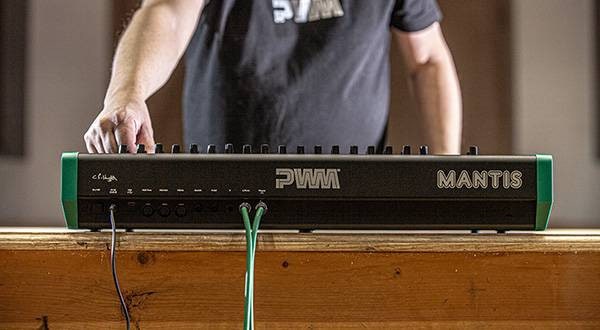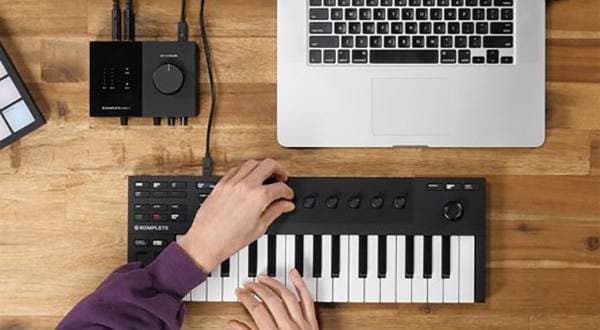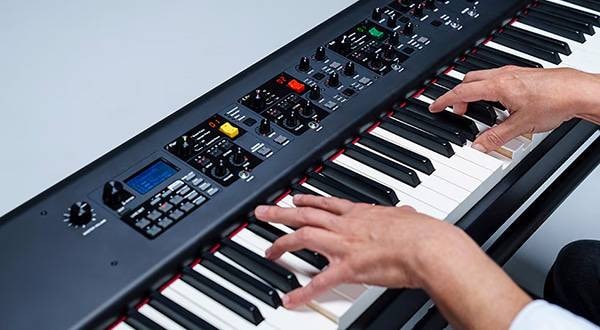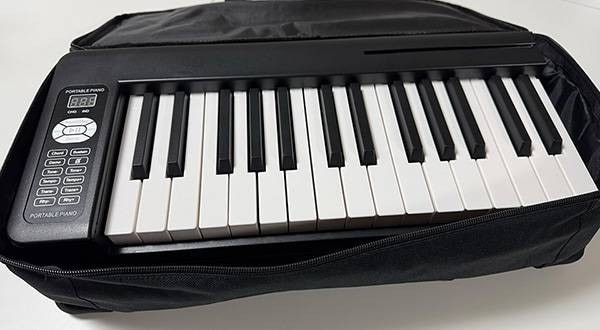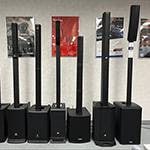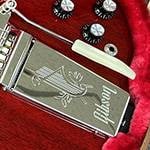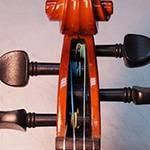Synthesizers are used for songs all the time.
The sound that can be changed as you wish, and it adds a wide range of expression according limited only by your imagination, and is an indispensable instrument in music production today.
However, there are a lot of technical terms explaining the parameters, and it may not be easy to get around to the actual sound creation part.
At times like this, you have a reassuring ally.
That's where Learning Synths steps in!
Learning Synths
https://learningsynths.ableton.com/ja/
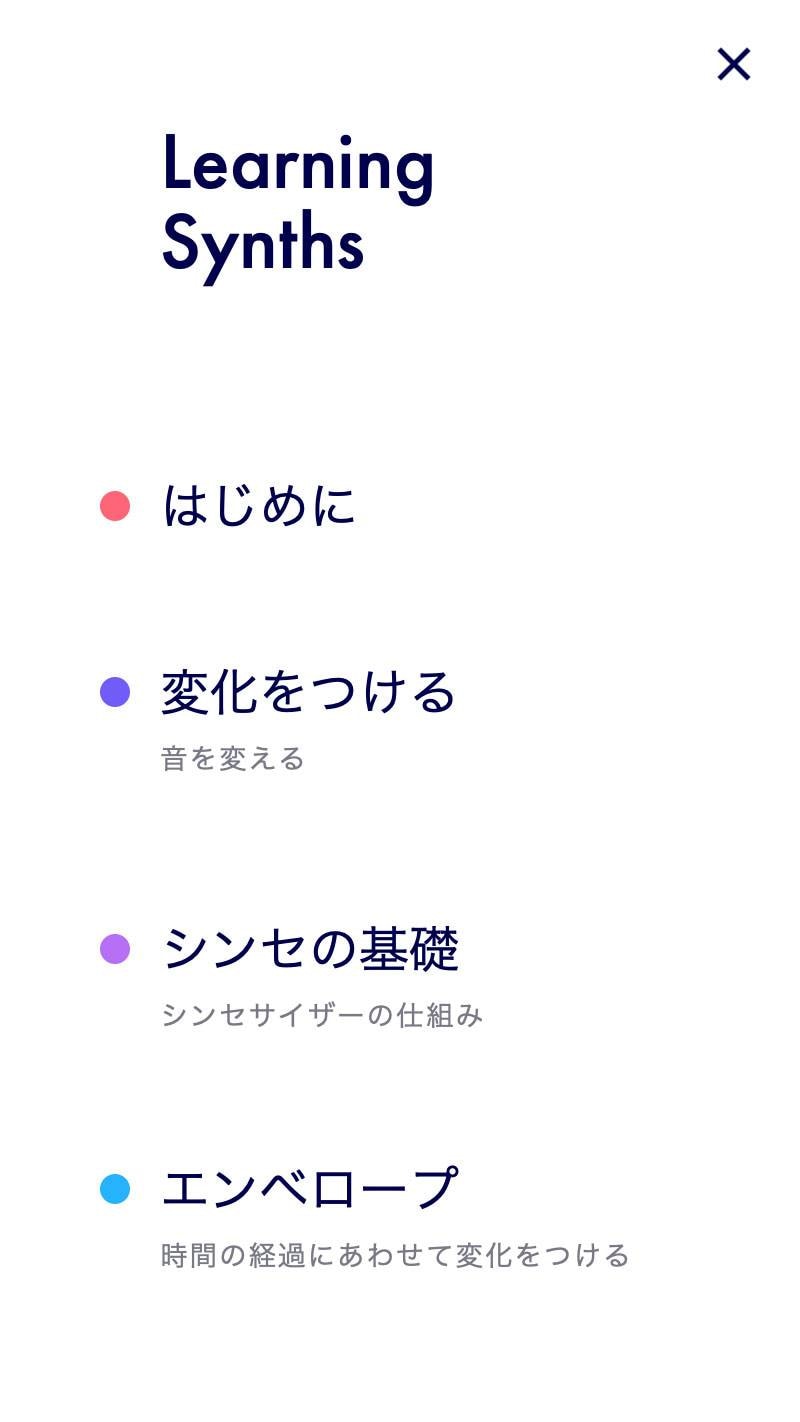
"Live" DAW software that has gained popularity amongst track makers and music makers around the world! It is a free website run by ABLETON, which produces "Live". With Learning Synths, you can learn the basics of a seemingly complex synthesizer in an easy-to-understand and fun way while creating sounds at the same time!
I think that there are many cases where the explanation of a synthesizer mainly focuses on the types of waveforms and explanations of parameters.
However, with Learning Synths, you can go ahead and experience "how the sound changes as you adjust the parameters!"
Even those who are already using synths may be surprised to learn something they didn’t know.
Let's use some captured images and take a quick look at what the site looks!

First of all, you can play synth sounds and experience the changes that occur in the sound when the parameters are changed.
Only ABLETON, which is highly popular among dance music artists, would use such cool sample tones.
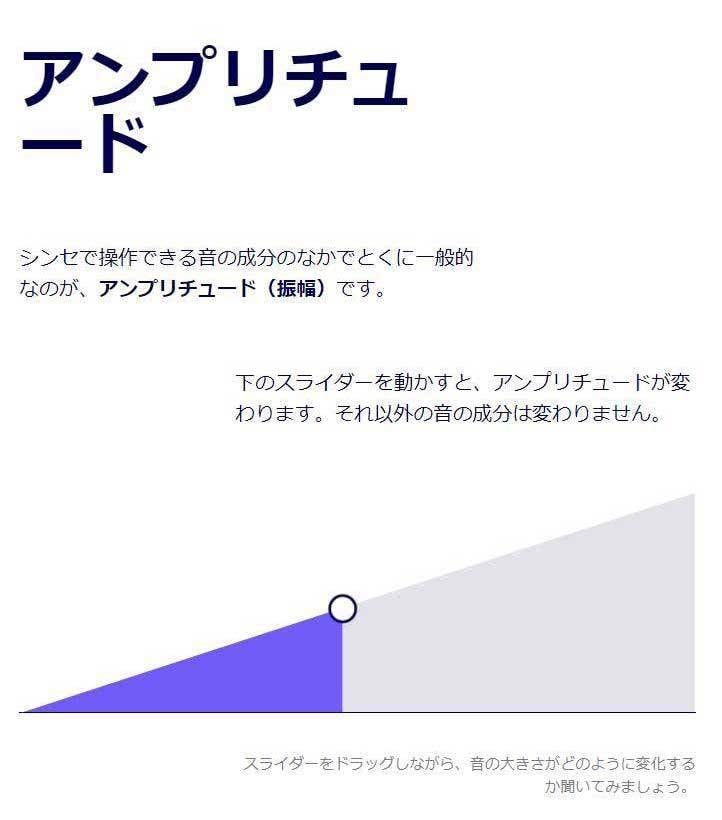
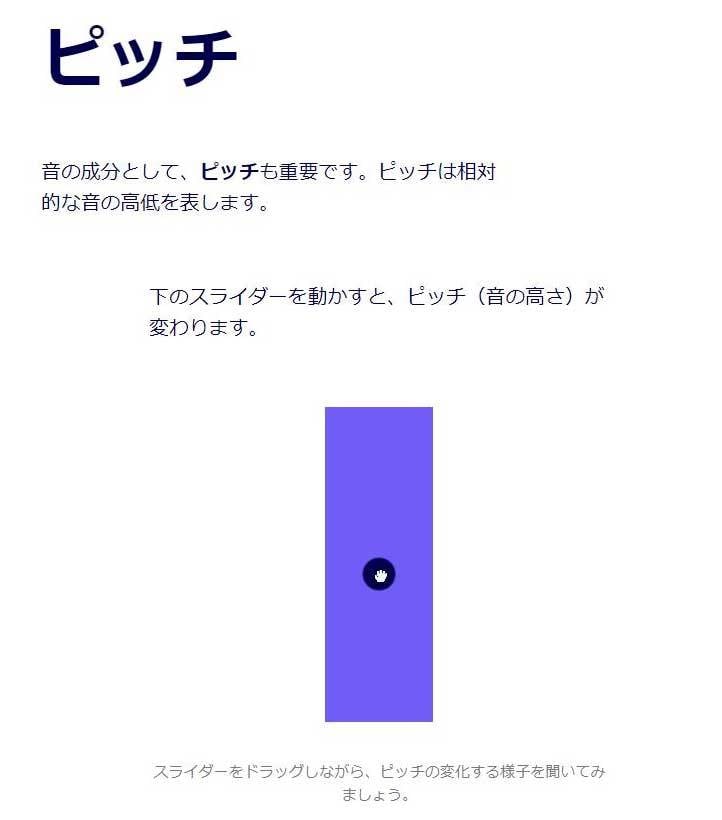
Let's start with the basic parameters -- amplitude which changes the volume, and the pitch.
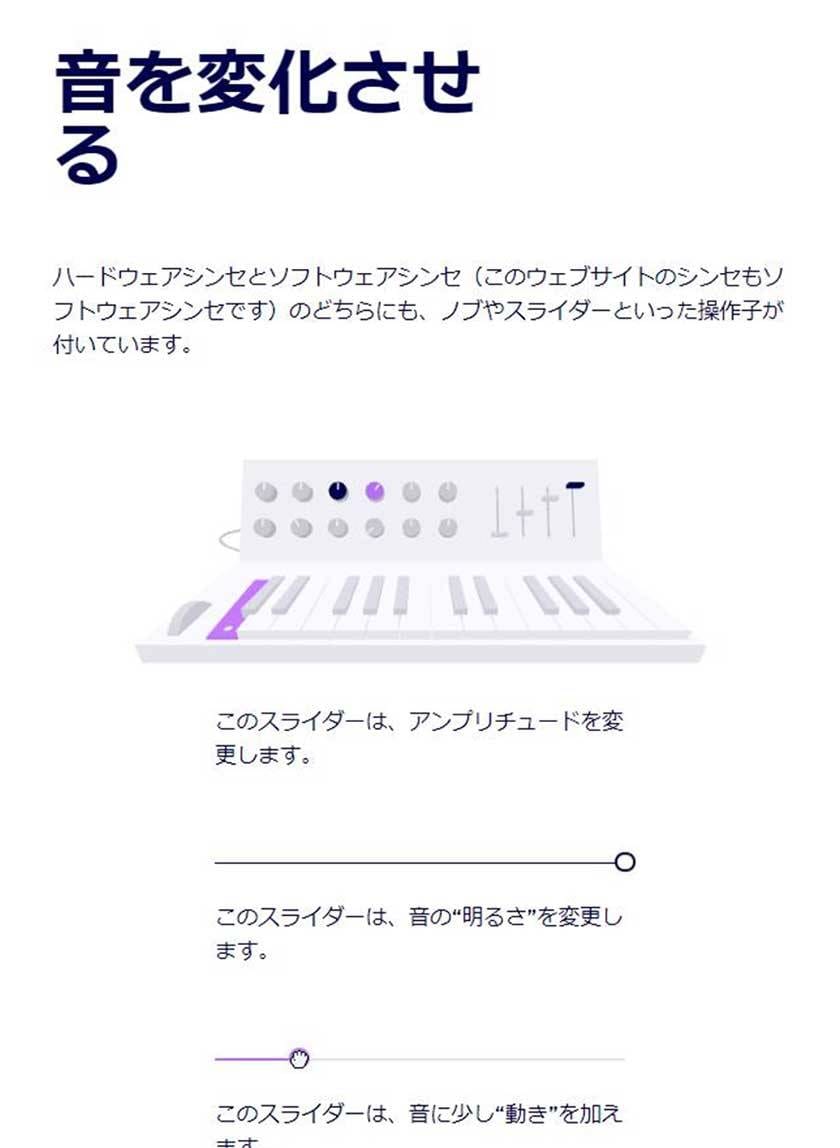
And at the same time, you can experiment with how the tone changes by changing each parameter.
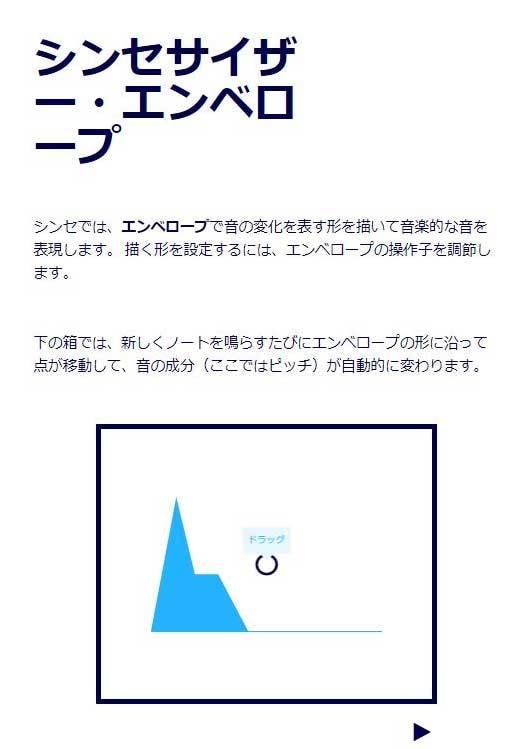
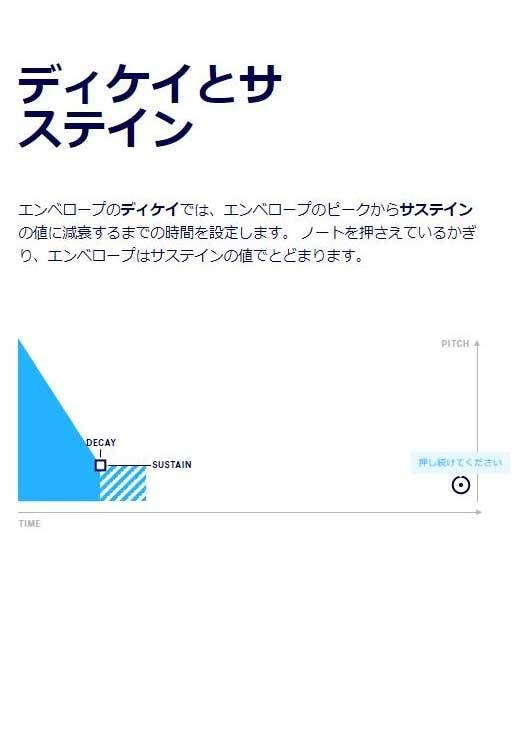
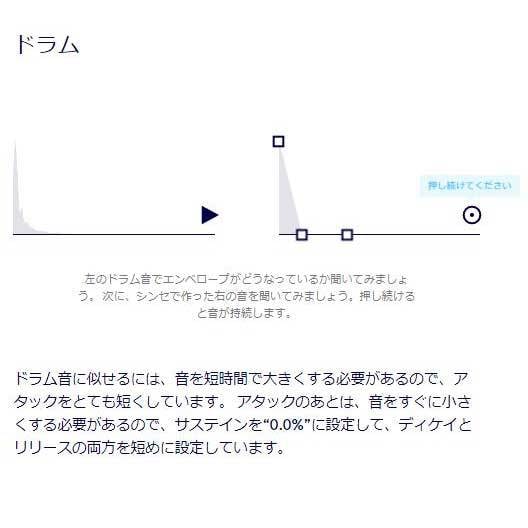
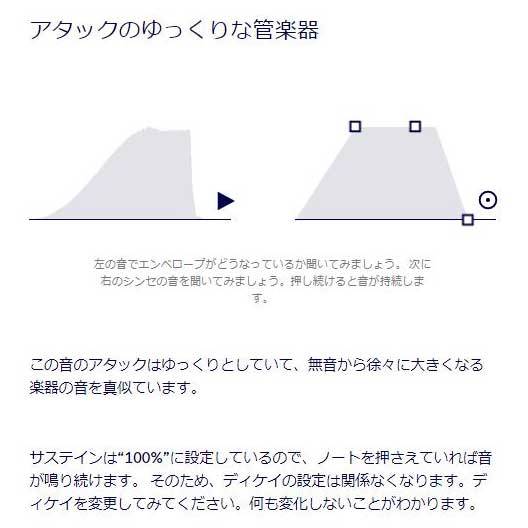
Okay, so from here, you’re going to be inundated with words you may not be familiar with.
Terms such as Envelope, Decay, and Sustain are also listed on separate pages, and they are explained carefully.
In addition, there are specific envelope settings for creating drum and wind-like sounds.


And then there’s LFO which also has various effects on the sound.
It can be overwhelming if you touch it without knowing anything about it. But if you deepen your understanding by reading about it while trying out the effects one by one, they will become indispensable parameters to you.

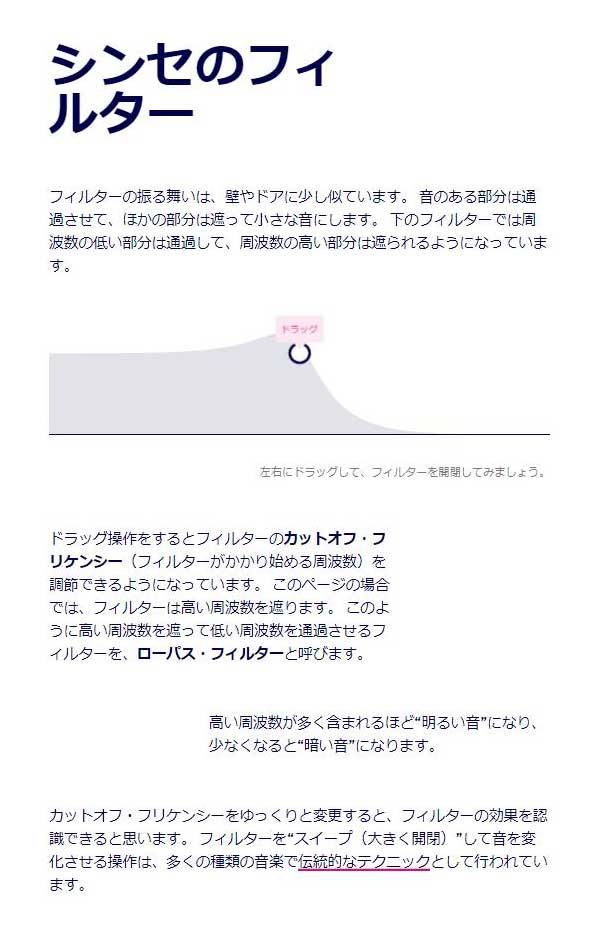
Filters can be said to be essential in sound creation unique to the synthesizer.
A low-pass filter that blocks high frequencies is described using an example of opening and closing a club door! Lol
The visuals are interesting, and the effects are easy to understand and fascinating.
The explanation of the sweep (opening and closing of the filter) is also quite thorough.
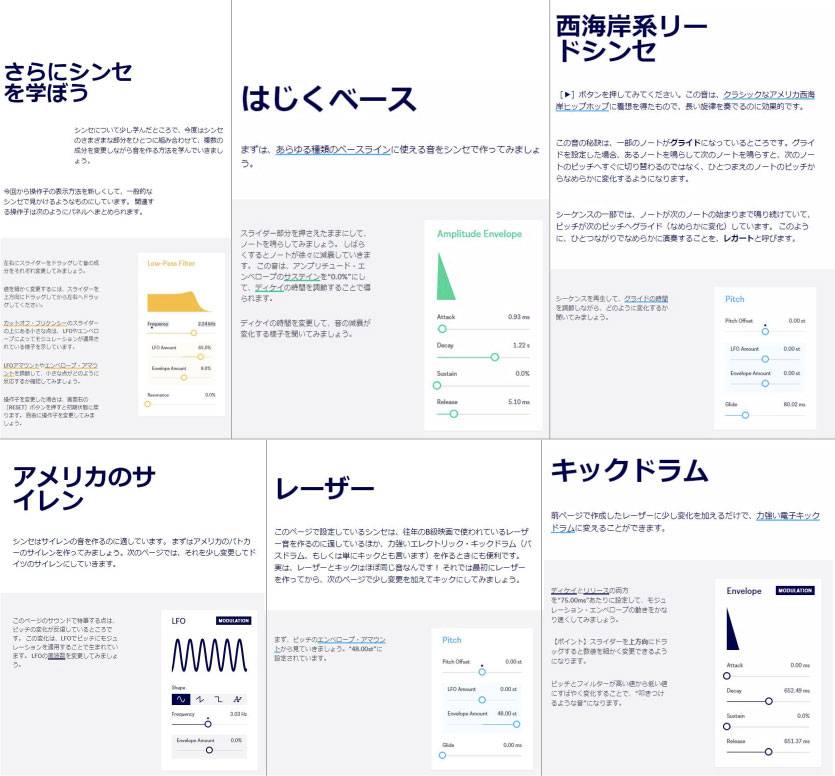
After you’ve learned the basics, you can say that this is the highlight of Learning Synths!
You can listen to the changes in the sound while adjusting the envelope and filter settings for various tones, and adjusting the parameters of each.
There is a wide variety of samples, including versatile basses, SE sirens and lasers, and lead synths that are an obvious derivative of US West Coast hip hop, all of which are fun to try!
ABLETON also offers a site called learningmusic, where you can learn the basics of composition, in addition to using synths.
Sound House handles a variety of soft & hard synths that can be heard in music production.
If you have learned the basics at Learning Synths and are curious about the synthesizer, why not try to find one that suits your needs?
→ Synth sound source list
→ synthesizers
■ Related blogs
・Aspiring software sound source-also called "Aparillo"
・Let's make a song with Spire! -chapter One-
・Synth class to start from now







